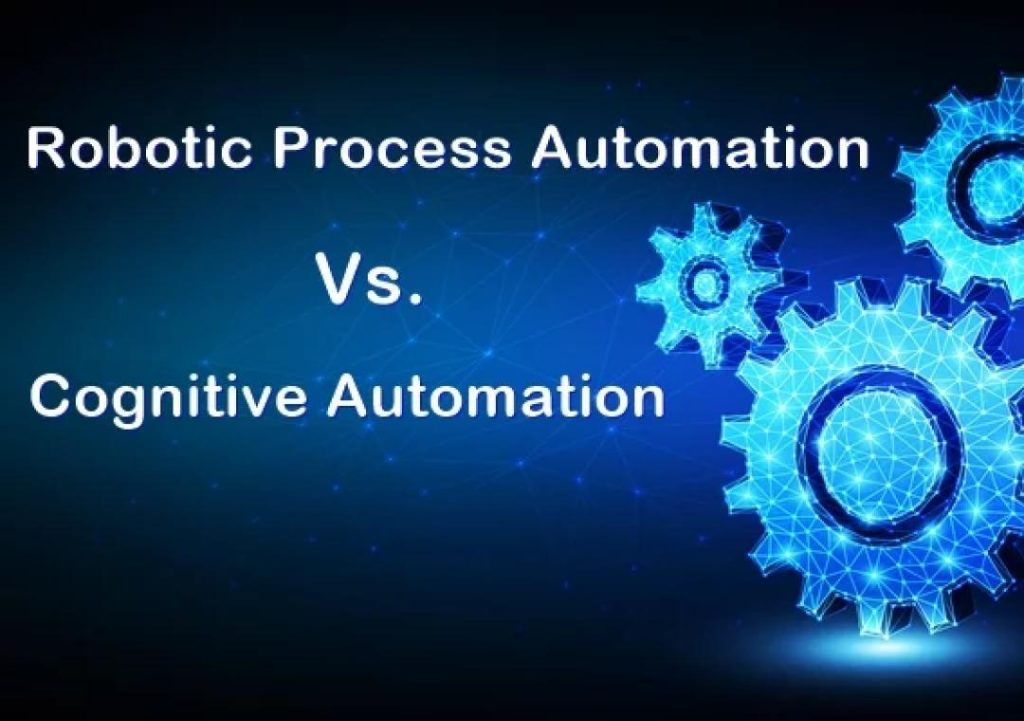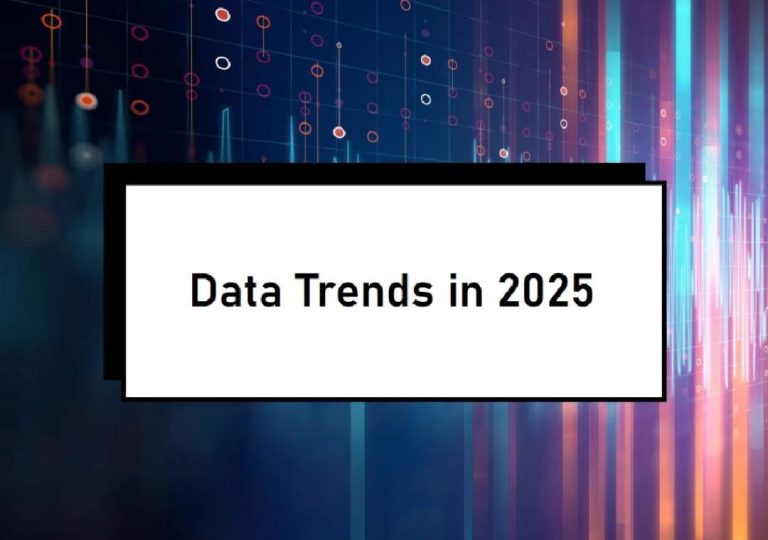
How is Cognitive Automation Different from RPA?
In recent years, the concept of automation has gained significant attention in the business world. With the advent of artificial intelligence (AI) and machine learning (ML), automation has become more sophisticated and widespread. Two terms that have been gaining traction are Robotic Process Automation (RPA) and Cognitive Automation. While both terms may seem similar, they are distinct and serve different purposes. In this blog post, we will explore the differences between RPA and Cognitive Automation, and how they can be applied to various business processes.
What is RPA?
Robotic Process Automation (RPA) is a technology that uses software robots to perform repetitive, structured tasks that are typically handled by humans. These tasks are rule-based, and the software robots mimic the actions of a human being, but without the need for human intervention. RPA is designed to automate tasks that are repetitive, time-consuming, and prone to errors. It is ideal for processes such as data entry, document processing, and accounting. RPA tools are capable of automating tasks by interacting with other systems, such as ERP, CRM, or legacy systems, using APIs, web scraping, or screen scraping.
What is Cognitive Automation?
Cognitive Automation, on the other hand, is a technology that mimics human reasoning and decision-making. It uses Natural Language Processing (NLP), Machine Learning (ML), and contextual understanding to manage unstructured data, make decisions, and learn over time. Cognitive Automation is designed to automate complex, non-linear tasks that require human judgment, creativity, and problem-solving skills. It is ideal for processes such as claims review, contract analysis, and customer onboarding.
Key Differences
The key differences between RPA and Cognitive Automation are:
- Task Complexity: RPA is designed to automate structured, rule-based tasks, while Cognitive Automation is designed to automate complex, non-linear tasks that require human reasoning and decision-making.
- Data Handling: RPA can only handle structured data, while Cognitive Automation can handle both structured and unstructured data.
- Decision-Making: RPA is limited to following predefined rules, while Cognitive Automation can make decisions based on context, patterns, and relationships in the data.
- Learning: RPA does not learn from experience, while Cognitive Automation learns from its mistakes and adapts to new situations over time.
Use Cases
RPA is ideal for processes that:
- Require repetitive, structured tasks
- Are rule-based and predictable
- Have a high volume of transactions
- Can benefit from automation
Examples of RPA use cases include:
- Automating data entry and document processing
- Processing customer transactions and orders
- Automating accounting and bookkeeping tasks
Cognitive Automation, on the other hand, is ideal for processes that:
- Require human judgment and decision-making
- Are complex and non-linear
- Have unstructured data
- Can benefit from machine learning and NLP
Examples of Cognitive Automation use cases include:
- Claims review and processing
- Contract analysis and negotiation
- Customer onboarding and account setup
- Medical diagnosis and treatment planning
Conclusion
In conclusion, while RPA and Cognitive Automation are both forms of automation, they serve different purposes and are designed to automate different types of tasks. RPA is ideal for structured, rule-based tasks, while Cognitive Automation is ideal for complex, non-linear tasks that require human reasoning and decision-making. By understanding the differences between RPA and Cognitive Automation, businesses can choose the right technology for their specific needs and automate processes more effectively.
Source:






